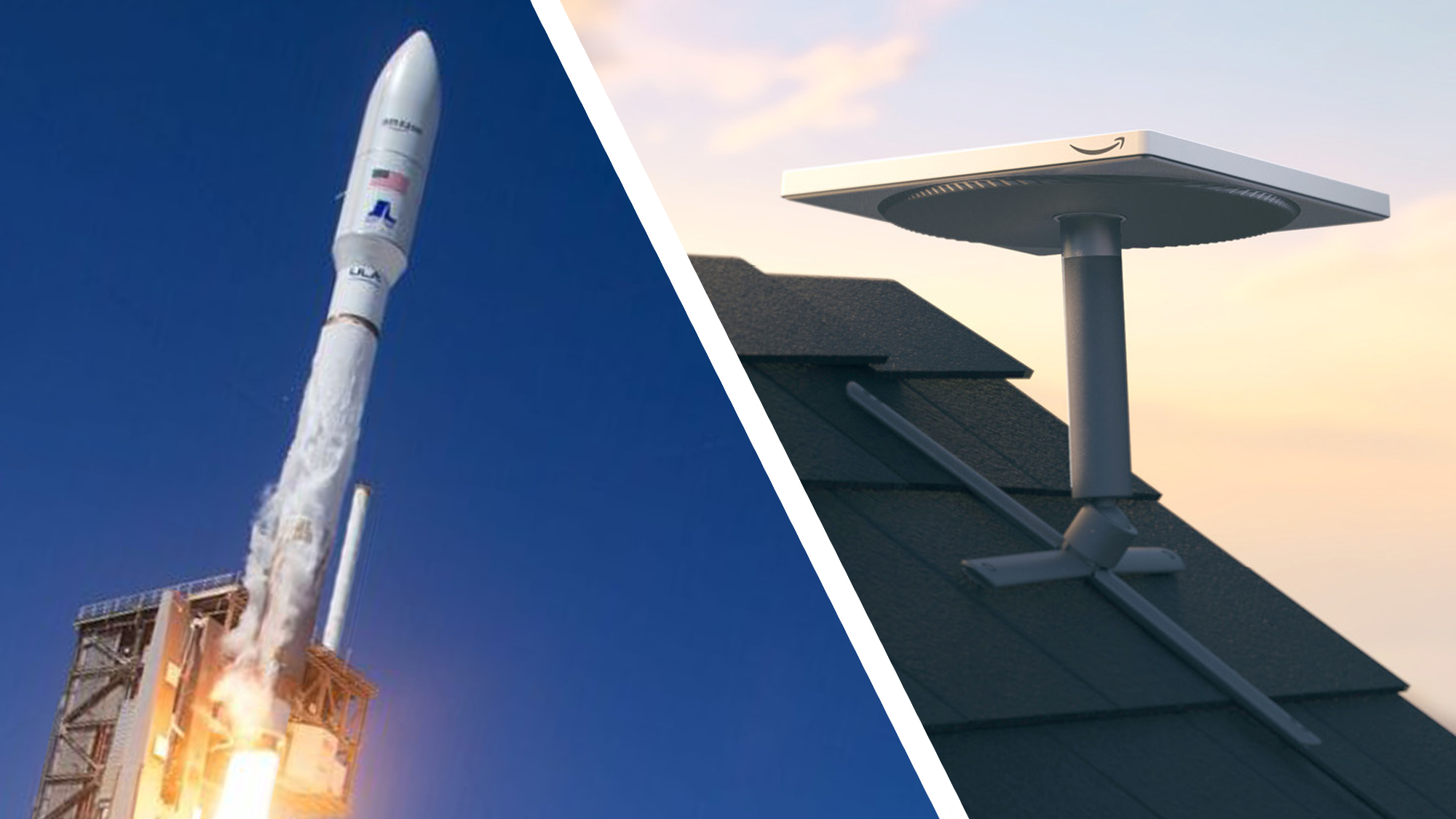No Starlink, thanks: NBN Co is teaming up with Amazon for future satellite internet services
Project Kuiper has been chosen to spearhead the country's rural internet efforts

- NBN Co has announced a partnership with Amazon Project Kuiper
- Launching in mid-2026, it promises to bring faster satellite internet to rural Australia
- It will initially launching in Tasmania before moving north through the country
As we edge ever closer to the impending NBN speed upgrades across the fixed-line network, NBN Co has today (August 5) announced a partnership with Amazon’s Project Kuiper satellite internet service, to improve connectivity for Australians in rural, regional and remote areas.
This would be an upgrade to the current Sky Muster service offered by NBN Co to rural and regional Australia which, at present, has about 307,000 premises within its geostationary footprint.
The satellites currently in use are nearing their end-of-life period, although NBN Co says there's plenty of time to ensure smooth transition for its Sky Muster customers.
Read on to find out more.
What is Project Kuiper?
Amazon began research and development for Project Kuiper some seven years ago, back in 2018. The first two prototype satellites were launched in October 2023, and a full-scale deployment kicked off in April 2025 with 27 production satellites. The Project Kuiper internet service will eventually see roughly 3,200 low-Earth orbit (LEO) satellites deployed at a height of around 600km.
NBN Co has said early signs show great promise and has earmarked mid-2026 as when satellite internet plans (aka Sky Muster) will become available to customers, starting with Tasmania.
It’s expected that, following a launch in the southern areas of the country, a further rollout will take place moving north over a period of weeks to months.
Sign up for breaking news, reviews, opinion, top tech deals, and more.
Who can get Project Kuiper?
The Project Kuiper satellite internet service will be available to all current Sky Muster and Sky Muster Plus customers, along with anyone in the current geostationary satellite footprint – approximately 300,000 homes – all of whom will either eventually migrate over to the new service, or be offered the chance to sign up.
It won’t be an immediate change, as NBN Co says its two Sky Muster satellites will remain in operation until “approximately 2032” to help make the transition as smooth as possible.

Following today’s announcement, NBN Co will begin further conversations with Project Kuiper and retail service providers (RSPs) to determine pricing and the speeds customers can expect.
How fast is Project Kuiper?
While exact speeds have yet to be determined, NBN Co says customers serviced by satellite internet can expect “city quality broadband”. Sky Muster services currently max out at 100Mbps, and Project Kuiper claims its service can achieve up to 400Mbps download speeds for residential customers, or up to 1Gbps for enterprise customers.
Anything else?

Of the partnership, NBN Co CEO Ellie Sweeney said, "LEO satellite broadband, supplied by NBN Co and powered by Amazon’s Project Kuiper, will be a major leap forward for customers in parts of regional, rural and remote Australia.
“Australians deserve to have access to fast, effective broadband regardless of whether they live in a major city, on the outskirts of a country town or miles from their nearest neighbour… By upgrading to next generation LEO satellite broadband powered by Project Kuiper, we are working to bring the best available technology to Aussies in the bush."
You might also like
- In the wrong place? Check out the best NBN plans for fixed-line connections
- Find out all there is to know about NBN 2000 plans
- Shop the latest broadband deals

Max is a senior staff writer for TechRadar who covers home entertainment and audio first, NBN second and virtually anything else that falls under the consumer electronics umbrella third. He's also a bit of an ecommerce fiend, particularly when it comes to finding the latest coupon codes for a variety of publications. He has written for TechRadar's sister publication What Hi-Fi? as well as Pocket-lint, and he's also the editor of Australian Hi-Fi and Audio Esoterica magazines. Max also dabbled in the men's lifestyle publication space, but is now firmly rooted in his first passion of technology.
You must confirm your public display name before commenting
Please logout and then login again, you will then be prompted to enter your display name.